Why consider expanding the customer shopping cart? Naturally, there are numerous strategies to bolster revenue, and elevating the average order value stands out among them. With e-commerce democratizing access, new players continually enter the market, leading to heightened competition. Amidst this intense landscape, luring new customers becomes challenging. Hence, it makes sense to focus on persuading existing customers to increase their spending, as they already exhibit interest in your store and offerings. By adhering to these seven tactics, you can effectively widen your customer shopping carts and swiftly amplify sales.
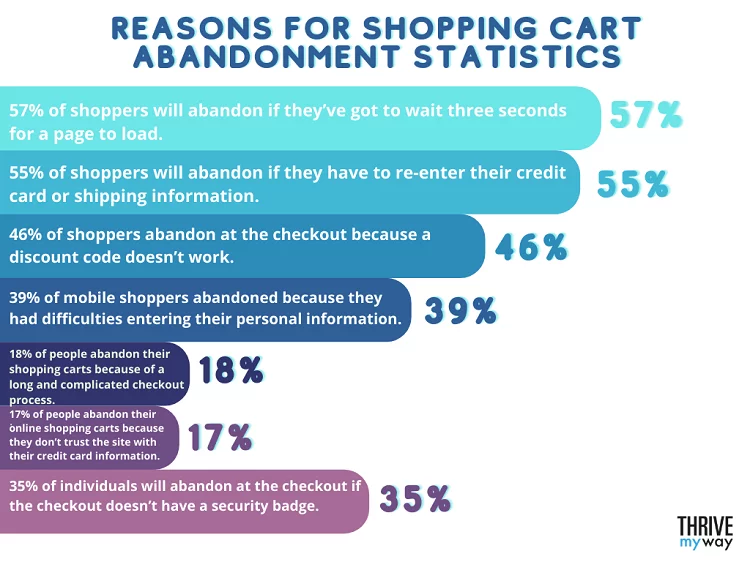
Strategies to Expand Customer Shopping Cart:
1. On-site Product Recommendations
On-site product recommendations play a crucial role in guiding customers towards relevant products based on their browsing and purchase history. By leveraging algorithms and data analytics, businesses can personalize the shopping experience, increasing the likelihood of conversion. Key features of on-site product recommendations include:
- Personalization: Tailoring product suggestions to individual customer preferences, browsing behavior, and purchase history.
- Recommendation Types: Offering various recommendation types such as best-selling items, best-rated products, or similar items to enhance relevance.
- Real-time Updates: Providing dynamic recommendations that update in real-time as customers browse the website.
- Placement Options: Strategically placing product recommendations throughout the website, including on product pages, category pages, and the checkout process.
- A/B Testing: Testing different recommendation algorithms and placements to optimize performance and effectiveness.
Real-life Example: Amazon’s “Recommendations for you” feature utilizes machine learning algorithms to analyze customer data and provide personalized product suggestions. By recommending relevant items, Amazon enhances the shopping experience and drives sales.
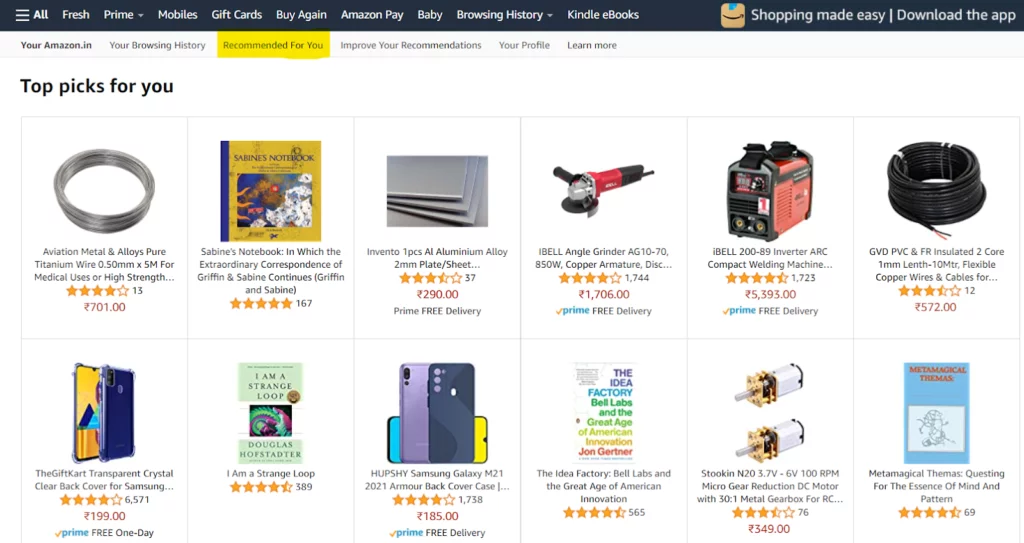
2. Product Bundling
Product bundling involves offering complementary products together as a package deal, often at a discounted price. This strategy encourages customers to purchase multiple items, increasing the average order value and driving sales. Key features of product bundling include:
- Bundle Creation: Creating bundles of related products that complement each other and appeal to customer needs.
- Discount Pricing: Offering discounted pricing for bundled products to incentivize customers to buy the package deal.
- Promotion Visibility: Prominently featuring bundled deals on product pages, category pages, and promotional banners.
- Customization Options: Allowing customers to customize bundled packages by selecting different product variants or quantities.
- Cross-selling Opportunities: Leveraging bundled deals to cross-sell related products and upsell higher-value items.
Real-life Example: Nintendo’s video game bundles offer popular games packaged together at a discounted price. By bundling complementary titles, Nintendo increases the value proposition for customers and drives higher sales volume.
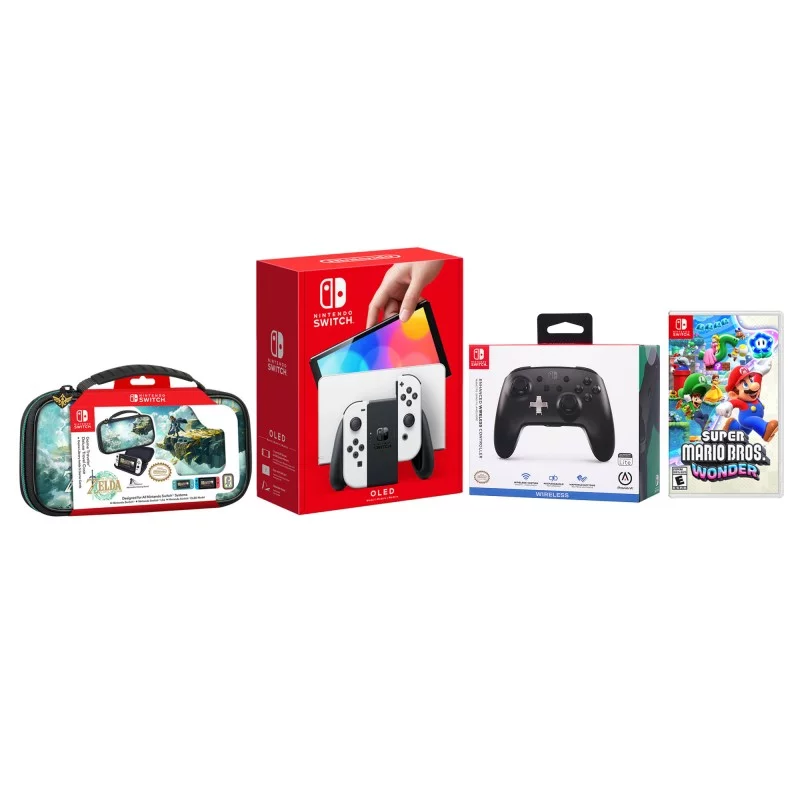
Learn about product bundling here.
3. Product Comparisons
Product comparison tools enable customers to evaluate different products side by side, helping them make informed purchasing decisions. By presenting comparative information, businesses can facilitate the decision-making process and increase customer satisfaction. Key features of product comparison include:
- Side-by-Side Comparison: Displaying detailed product specifications, features, and pricing for multiple products on a single page.
- Visual Representation: Using charts, tables, or visual elements to highlight differences and similarities between products.
- Filter and Sort Options: Allowing customers to filter and sort comparison results based on specific criteria such as price, rating, or brand.
- Customization Features: Providing customization options for customers to adjust comparison parameters and prioritize specific attributes.
- Call-to-Action Integration: Including clear call-to-action buttons for each product to prompt customers to add their preferred option to the cart.
Real-life Example: Best Buy’s product comparison tool allows customers to compare specifications, prices, and customer reviews for electronic devices such as TVs and laptops. By providing comprehensive comparison information, Best Buy assists customers in making informed purchasing decisions.
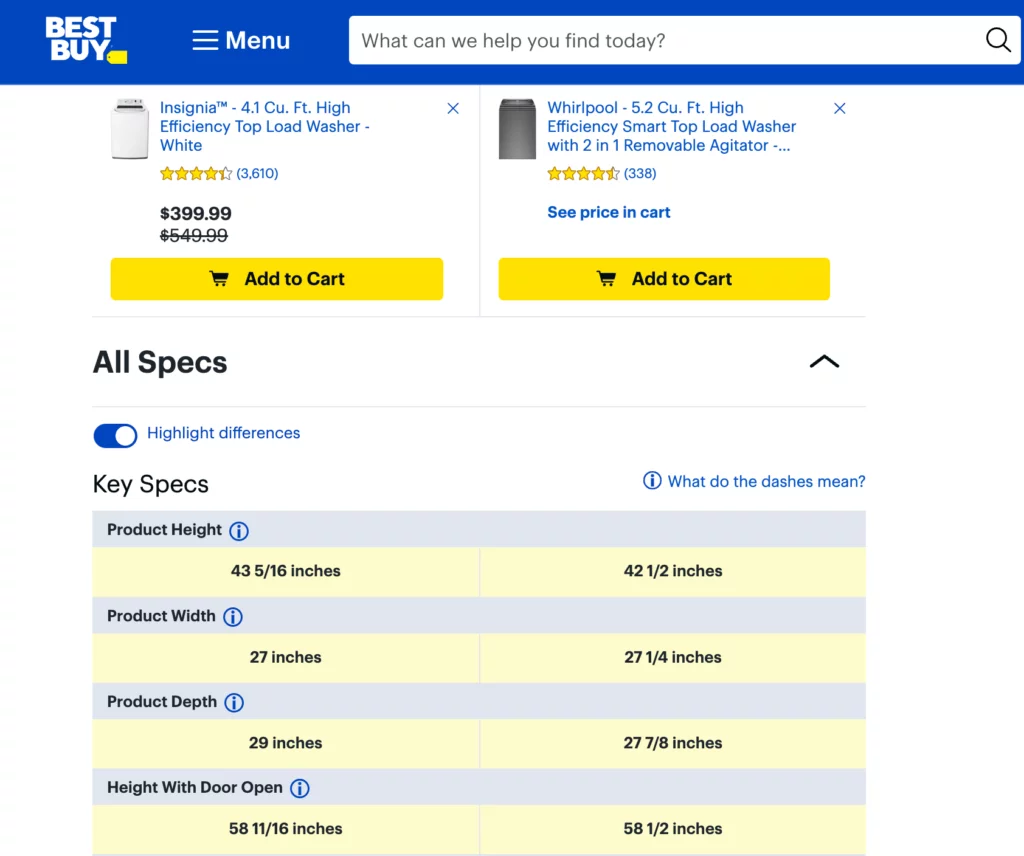
4. Free Shipping Threshold Notifications
Free shipping threshold notifications leverage the psychological effect of free shipping to incentivize customers to increase their order value. By setting a minimum purchase amount for free shipping, businesses can encourage customers to add more items to their carts to qualify. Key features of free shipping threshold notifications include:
- Threshold Progress Indicators: Displaying a progress bar or notification showing customers how much more they need to spend to qualify for free shipping.
- Shipping Cost Transparency: Clearly communicating shipping costs and the free shipping threshold to customers throughout the shopping journey.
- Dynamic Updates: Automatically updating the cart subtotal and shipping cost as customers add or remove items to reflect changes in eligibility for free shipping.
- Threshold Adjustment Options: Allowing businesses to customize the free shipping threshold based on factors such as location, product weight, or order value.
- Incentive Messaging: Using persuasive language and visuals to motivate customers to reach the free shipping threshold and highlighting the benefits of qualifying for free shipping.
Real-life Example: Shopify’s Free Shipping Bar app enables businesses to display a progress bar indicating how much more customers need to spend to qualify for free shipping. By visually showcasing progress towards the free shipping threshold, Shopify encourages customers to add more items to their carts and complete their purchases.
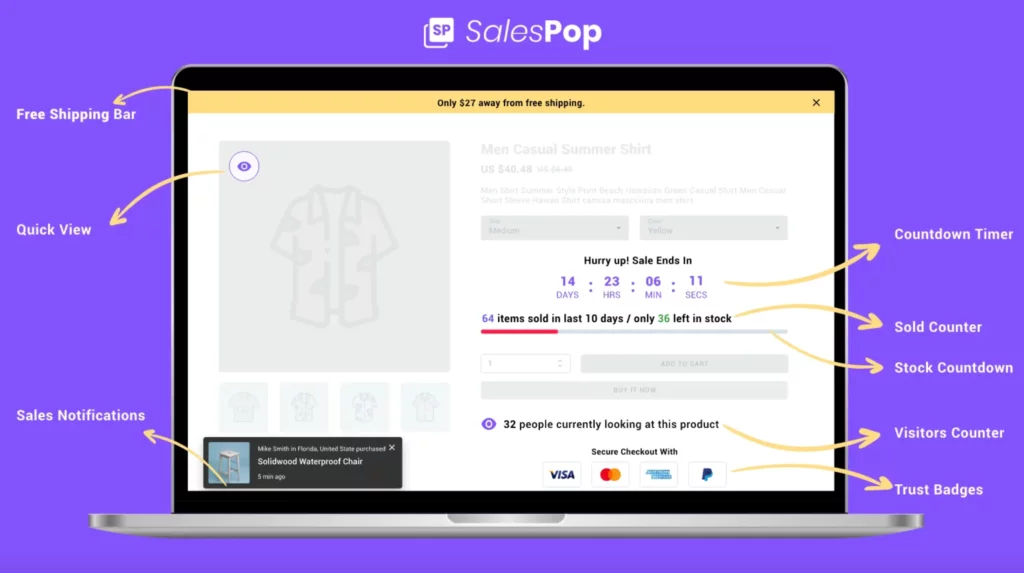
5. Promotion Notifications
Promotion notifications are an effective way to inform customers about ongoing sales, discounts, and special offers, encouraging them to make a purchase. By prominently displaying promotional messages, businesses can capture customer attention and drive conversions. Key features of promotion notifications include:
- Banner Ads: Placing eye-catching banners or pop-ups on the website homepage, product pages, or checkout pages to announce promotions.
- Countdown Timers: Adding countdown timers to create a sense of urgency and encourage immediate action before the promotion expires.
- Personalized Offers: Tailoring promotional messages based on customer segmentation, purchase history, or browsing behavior to increase relevance.
- Discount Codes: Providing exclusive discount codes or coupons to incentivize customers to take advantage of the promotion.
- Social Proof: Showcasing social proof such as customer testimonials or user-generated content to reinforce the value of the promotion.
Real-life Example: Clothing retailer ASOS uses promotion notifications to notify customers about seasonal sales and limited-time offers. By prominently featuring discount banners and countdown timers on their website, ASOS creates urgency and drives conversions during promotional periods.

6. Wholesale Pricing
Wholesale pricing strategies cater to B2B customers by offering tiered pricing based on order quantity or volume. By providing discounts for bulk purchases, businesses can attract wholesale buyers and increase order value. Key features of wholesale pricing include:
- Tiered Discounts: Offering graduated discounts based on the quantity of items purchased, with larger orders receiving higher discounts.
- Minimum Order Requirements: Setting minimum order thresholds to qualify for wholesale pricing, encouraging customers to buy in bulk.
- Custom Price Lists: Providing custom price lists or catalogs for wholesale customers, displaying discounted pricing for each product.
- Account Registration: Requiring B2B customers to register for a wholesale account to access discounted pricing and exclusive benefits.
- Negotiation Options: Allowing customers to negotiate pricing or request custom quotes for large-volume orders.
Real-life Example: Office supply distributor Staples offers wholesale pricing to business customers through their Staples Advantage program. By providing tiered discounts based on order volume, Staples attracts corporate clients and fosters long-term relationships with B2B buyers.
7. Simplify Bulk Purchasing
Streamlining the bulk purchasing process is essential for B2B customers who frequently order large quantities of products. By simplifying cart editing and order management, businesses can enhance the shopping experience and increase customer satisfaction. Key features of simplifying bulk purchasing include:
- Quick Order Forms: Providing a dedicated quick order form where customers can enter product SKUs or quantities directly to add items to their cart.
- Bulk Upload: Allowing customers to upload CSV files or spreadsheets containing product SKUs and quantities for bulk ordering.
- Multi-Add to Cart: Enabling customers to add multiple items to their cart simultaneously with a single click, saving time during bulk purchases.
- Saved Carts: Allowing customers to save carts for future reference or reorder, facilitating repeat purchases of frequently ordered items.
- Bulk Discount Displays: Displaying bulk discount pricing and savings calculations in real-time as customers adjust quantities in their cart.
Real-life Example: Office Depot’s Quick Order feature enables business customers to quickly add multiple items to their cart by entering product SKUs or using a barcode scanner. By simplifying the bulk purchasing process, Office Depot caters to the needs of corporate buyers and improves overall efficiency.

8. Site Speed Optimization
Optimizing website loading speed is crucial for providing a seamless and responsive shopping experience. Slow loading times can lead to user frustration and increased bounce rates, negatively impacting conversions. Key features of site speed optimization include:
- Minimized Page Load Times: Implementing techniques such as image optimization, browser caching, and code minification to reduce page load times.
- Mobile Optimization: Ensuring that the website is fully optimized for mobile devices, with responsive design and mobile-friendly content.
- Content Delivery Network (CDN): Using a CDN to distribute website content across multiple servers worldwide, reducing latency and improving page load times for users in different geographic locations.
- Server Response Time: Optimizing server configurations and infrastructure to minimize server response times and improve overall website performance.
- Performance Monitoring: Regularly monitoring website performance metrics such as page load times, server response times, and user interactions to identify areas for improvement.
Real-life Example: Walmart optimized its website loading speed and saw a significant increase in conversions and revenue. By reducing page load times and improving overall performance, Walmart enhanced the user experience and retained more customers on their website.
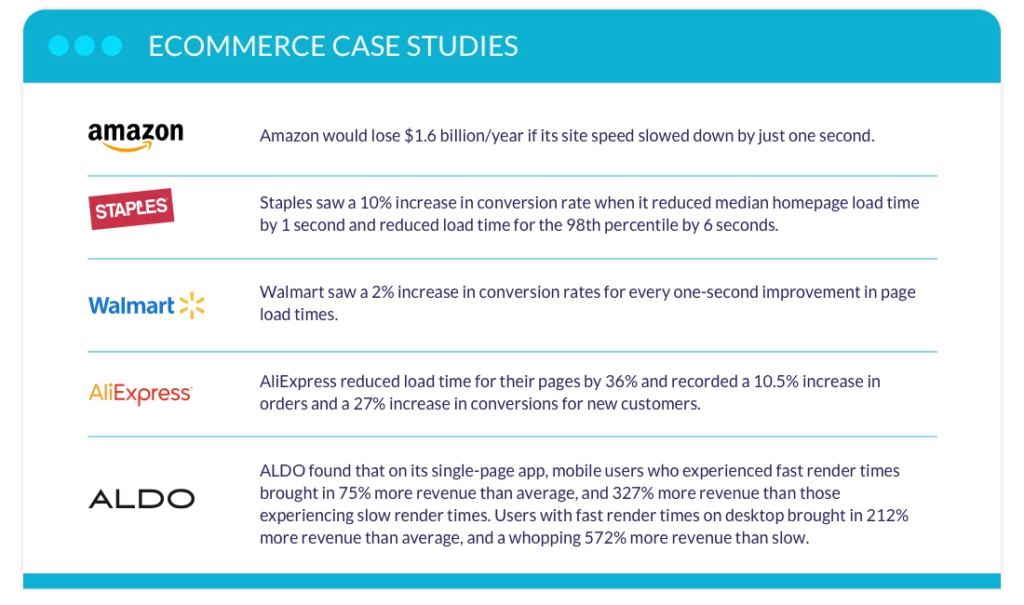
9. Visible and Clear Call-to-Action (CTA)
Clear and visible call-to-action (CTA) buttons are essential for guiding customers through the purchasing process and encouraging them to take action. By making CTAs prominent and easily accessible, businesses can improve user engagement and increase conversions. Key features of visible and clear CTAs include:
- Placement: Positioning CTAs prominently on product pages, checkout pages, and other key touchpoints throughout the website.
- Contrast: Using contrasting colors or design elements to make CTAs stand out against the background and attract attention.
- Clarity: Using clear and concise language for CTAs, such as “Add to Cart,” “Buy Now,” or “Checkout,” to clearly communicate the desired action.
- Size and Design: Designing CTAs to be large enough to be easily clickable and ensuring that they are visually appealing and consistent with the overall website design.
- Hover Effects: Adding hover effects or animations to CTAs to provide visual feedback and encourage interaction from users.
Real-life Example: Online retailer Best Buy strategically places prominent “Add to Cart” buttons on product pages, making it easy for customers to add items to their cart and proceed to checkout. By using clear and visible CTAs, Best Buy simplifies the purchasing process and drives conversions.
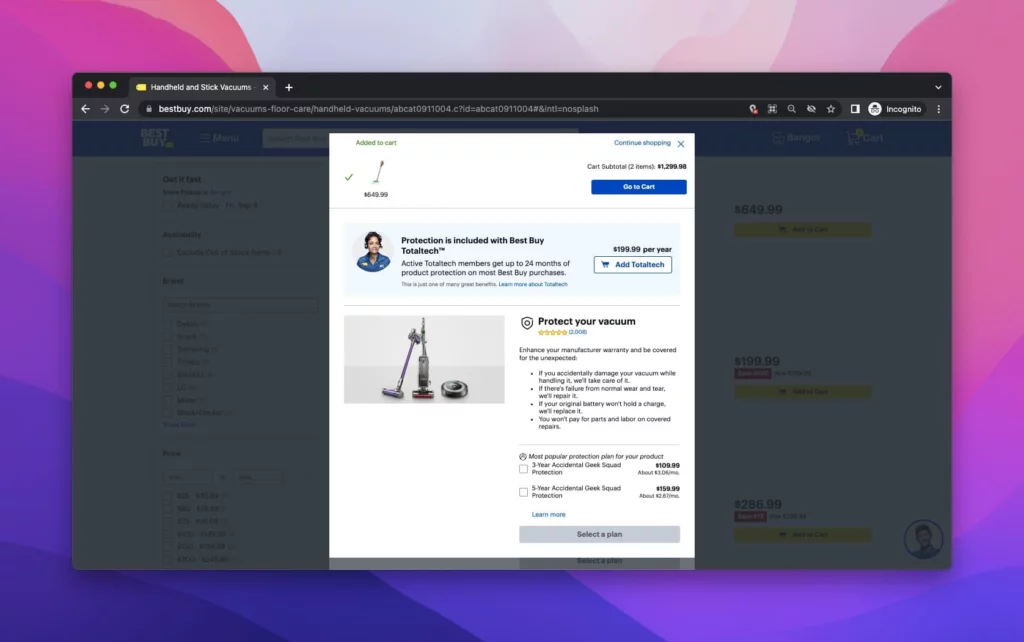
10. Positive Social Proof Usage
Social proof plays a crucial role in influencing purchasing decisions by building trust and credibility with potential customers. By showcasing positive reviews, ratings, and testimonials, businesses can reassure customers about the quality and reliability of their products or services. Key features of positive social proof usage include:
- Customer Reviews: Displaying authentic customer reviews and ratings on product pages to provide feedback and recommendations from previous buyers.
- Testimonials: Showcasing testimonials from satisfied customers or industry experts to highlight the benefits and value of the products or services.
- User-Generated Content: Sharing user-generated content such as photos, videos, or testimonials on social media platforms to demonstrate real-life experiences with the brand.
- Trust Seals: Including trust seals or badges from reputable organizations or security certifications to instill confidence in the security and reliability of the website.
- Social Sharing: Encouraging customers to share their purchases and experiences on social media platforms, increasing brand visibility and credibility.
Real-life Example: Online marketplace Etsy incorporates social proof by prominently displaying customer reviews and ratings on product pages. By showcasing positive feedback from previous buyers, Etsy builds trust and credibility with potential customers, leading to increased conversions and sales.
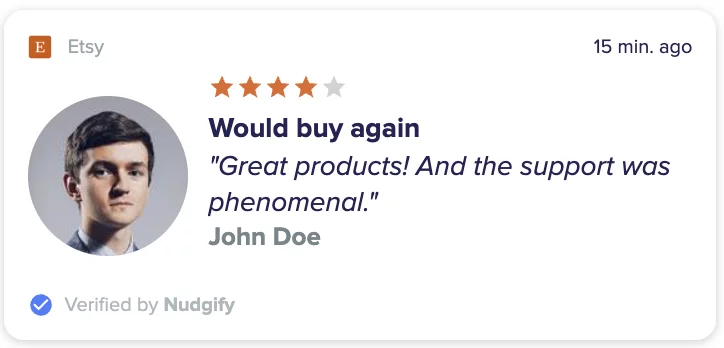
11. Multiple Payment Options
Offering a variety of payment options is essential for accommodating diverse customer preferences and maximizing conversion opportunities. By providing flexibility in payment methods, businesses can cater to a wider range of customers and streamline the checkout process. Key features of multiple payment options include:
- Credit Cards: Accepting major credit cards such as Visa, Mastercard, American Express, and Discover for online transactions.
- Digital Wallets: Supporting popular digital wallet services such as PayPal, Apple Pay, Google Pay, and Amazon Pay for secure and convenient payments.
- Bank Transfers: Allowing customers to pay via bank transfers or direct debit from their bank accounts for added convenience.
- Alternative Payment Methods: Offering alternative payment methods such as cryptocurrencies, installment plans, or buy now, pay later options to accommodate different customer preferences.
- Guest Checkout: Providing the option for guest checkout to allow customers to complete purchases without creating an account, reducing friction in the checkout process.
Real-life Example: Online retailer Target offers multiple payment options, including credit cards, debit cards, PayPal, and Target REDcard, to accommodate diverse customer preferences. By providing flexibility in payment methods, Target enhances the shopping experience and increases conversions.
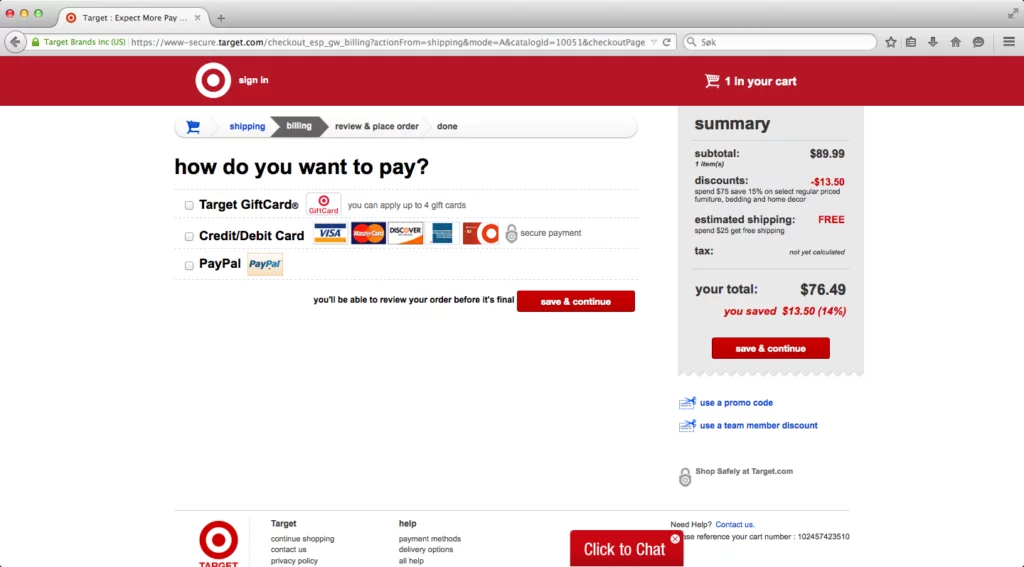
Conclusion:
Expanding customer shopping carts is a critical aspect of retail strategy, enabling businesses to increase revenue, enhance customer satisfaction, and build long-term relationships. By implementing effective tactics to encourage customers to add more items to their carts, businesses can capitalize on each shopping session to maximize sales. Through a combination of personalized recommendations, incentives, and a seamless shopping experience, retailers can create an environment that encourages customers to explore additional products and make larger purchases.
FAQs on Shopping Cart Expansion:
How can businesses leverage email marketing to encourage customers to expand their shopping carts?
Sending personalized email recommendations based on past purchases, browsing history, or abandoned carts. Offering exclusive discounts or promotions through email campaigns to incentivize customers to add more items to their carts. Using dynamic content in emails to showcase relevant products and create a sense of urgency or excitement around potential purchases.
Are there specific tactics that work well for different types of products or industries?
Yes, certain tactics may be more effective depending on the nature of the products being sold and the target audience. For example, apparel retailers may benefit from offering outfit suggestions or coordinating pieces, while electronics retailers may focus on cross-selling accessories or related gadgets. Understanding the unique needs and preferences of your target market can help tailor your tactics to maximize effectiveness.



